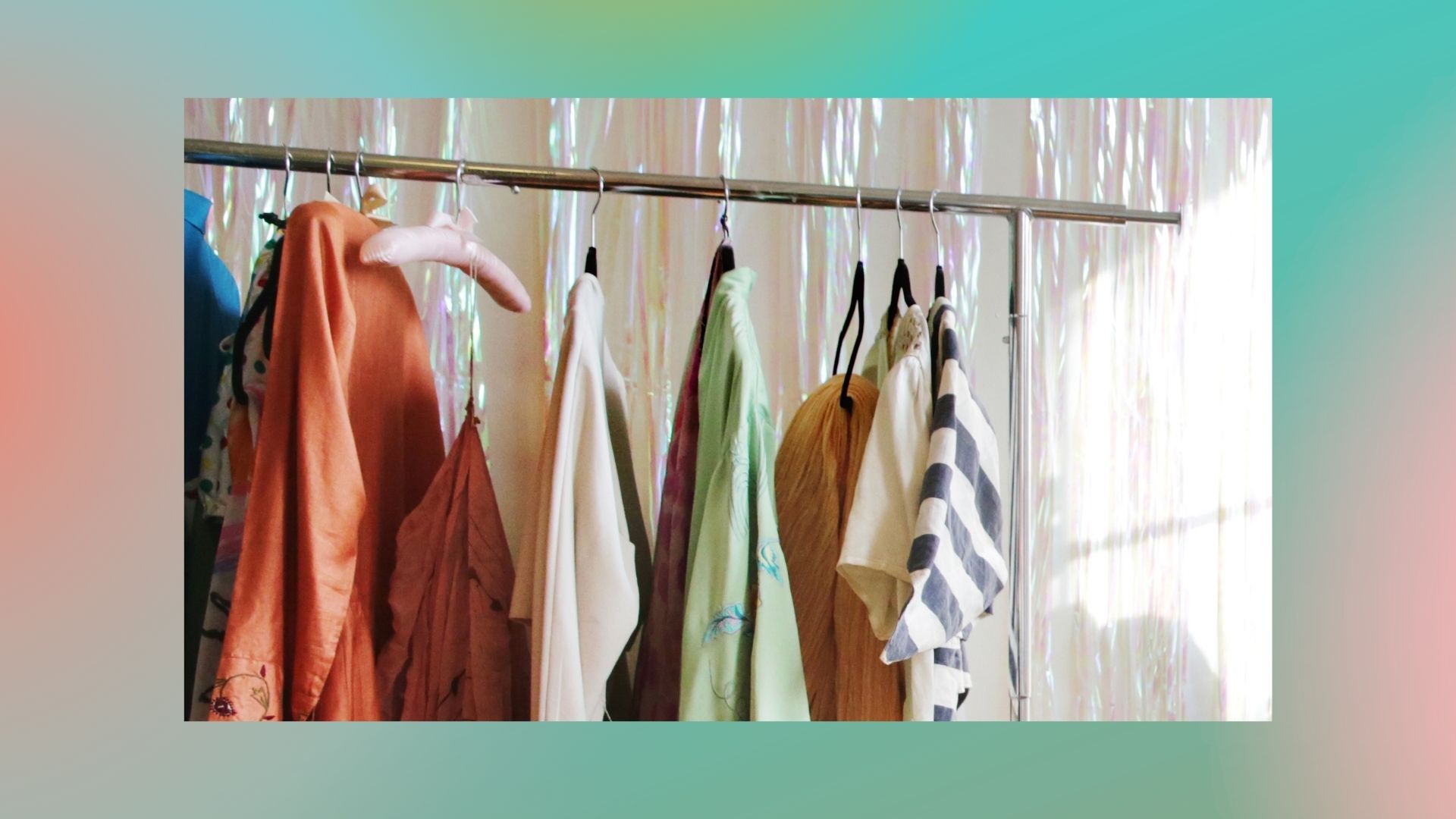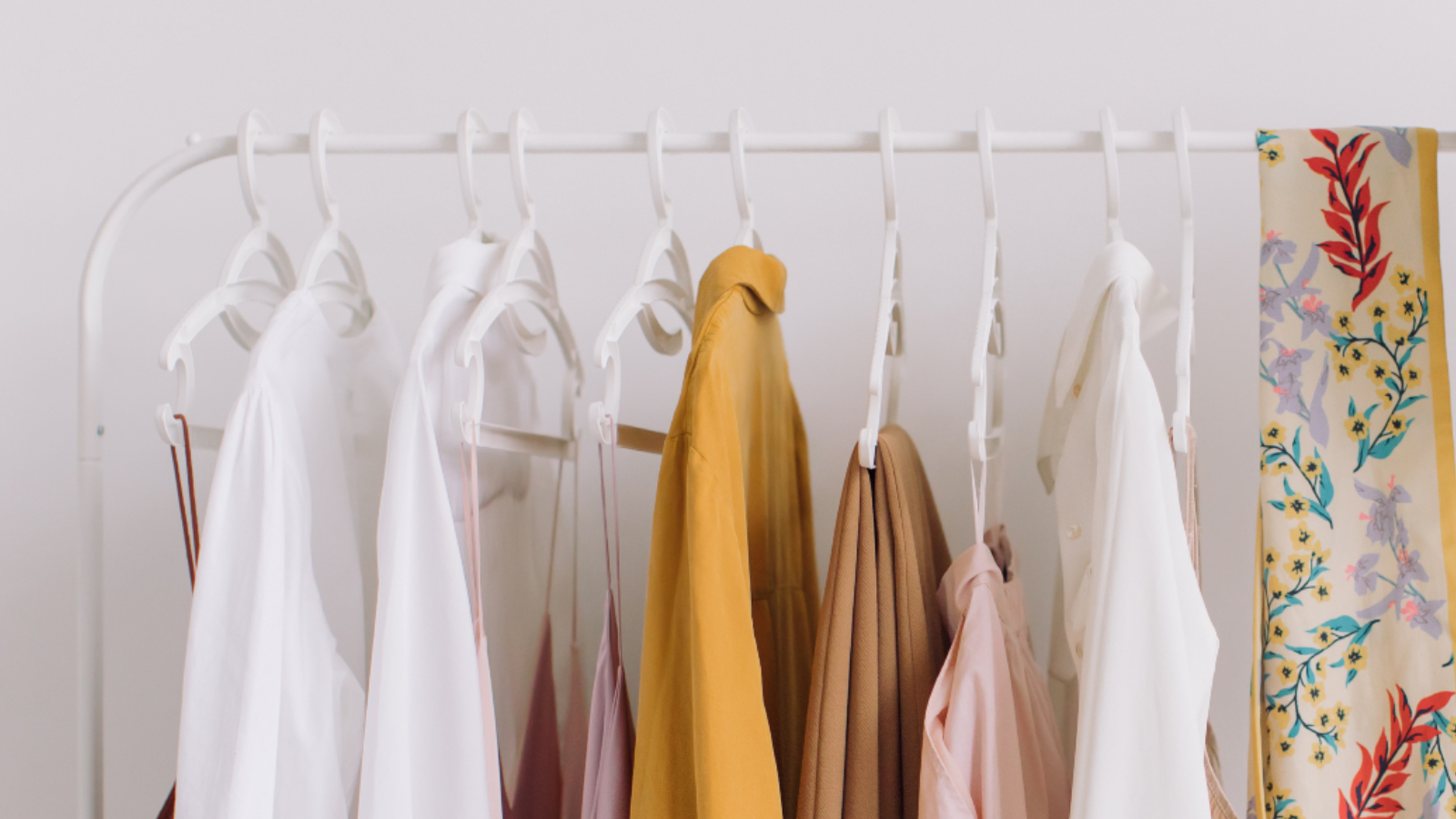Is social media changing our opinions towards fast fashion?
Fashion but make it conscious


The word on the street (and by street, we mean social media) is that thrifting is trendy. Shopping second-hand is the height of cool on the likes of TikTok and Instagram, with nearly every It girl and influencer sharing that their capsule wardrobes are thrifted or made up of finds from second-hand apps like Depop and Vinted. But here’s what we want to know: Is social media actually changing our opinions towards the fast-fashion industry?
Fast fashion refers to the rapid production of large quantities of clothes to fit with current trends, seasons and demand—the industry alone is responsible for 10% of greenhouse gas emissions, with The Cost, reporting that the world now consumes about 80 billion new pieces of clothing every year.
To put the issue into perspective, the production of just one cotton t-shirt equals the same amount of emissions as driving 35 miles in a car. If you need another mind-boggling fact, according to Ovo Energy, in the UK alone, 350,000 tonnes of clothing is dumped into landfills annually—that’s almost the same weight as the Empire State Building.
It’s hard to get your head around but thankfully, there are a few things we can do to live more sustainably. We can shop more ethically, from smaller and more sustainable clothing brands, we can donate our clothes, or... we can thrift!

What is thrifting?
Thrifting is the act of buying an item of clothing (or anything really) second-hand, from a charity shop, consignment store, or flea market and it’s safe to say that it’s having a real moment right now.
Just a quick search of TikTok will provide you with a plethora of hauls, hacks and lists of the best thrift shops. Because let's be honest, there’s no better feeling than being asked where your pants or bag are from, only for you to say: “oh, this? It’s vintage!”
@xtinavision ♬ Curbs - Zackarias
Its rise in popularity, however, doesn't mean we’ve seen an end to fast fashion and its negative impact on the planet.
Despite the viral status of ‘thrifting’, mainstream brands are still seeing huge success, with Forbes reporting that ASOS alone saw an increase of 24% in revenue in 2021.
For many, shopping from ‘fast-fashion’ brands is easier, cheaper and as the name suggests, fast. On the other hand, shopping more sustainably and ethically can equal a higher price tag, due to sourcing, materials and often company size. However, in recent months, there’s been a shift in the content around the World Wide Web, with ‘thrifting’ becoming a real buzzword.
Marketplace apps like Depop, Vinted and Thrifted are rising in use and popularity, becoming the go-to alternative to hunting through charity shops and consignment stores—Vinted alone now has 50 million members.
Is social media having an impact on fast fashion?
We spoke to Natacha Blanchard, Consumer Lead at Vinted, who explained why Gen-Z and consumers in general may be becoming more conscious of their shopping habits.
Natacha reveals that there are seemingly three main drivers: “Money saving, that's a very important driver not to forget. You also have the very fashion-savvy Gen-Z, they’re very into thrifting and the vintage category is quite a popular one on the app. Then you also have people with children.”
She explains that matching these drivers will encourage people to shop second-hand and help them understand the value of their clothes. If we are able to see our items as an investment that we may at some point sell on, we can look to purchase more high-quality and long-lasting clothing—that will in turn have a positive knock-on effect.
A post shared by Vinted (@vinted)
A photo posted by on
When asked if Vinted has seen a shift in attitudes, Natacha said: “When we interview and question our members we do see that it is a concern they have. In terms of how the way they consume can impact negatively and positively on the environment. We also see an example of consumers really questioning brands' impact, so they’re really keen to understand: what is the impact of the brand I buy or the company I buy from?"
She adds: “It all shows a potential shift in attitudes and concerns of people and that's also what we’re trying to answer to. And then the fact of acting more responsibly, we do see that it's one of the main drivers that is mentioned by our community in general across nearly all of our markets.”
Speaking on the benefits of social media in the second-hand game, Natacha remarked that it makes thrifting more visible and it’s also a powerful marketing tool.
Vinted, for example, reshares content from their members and followers, and posts outfit videos inspired by iconic TV series and trends to show social media users that: “Shopping trendy doesn't have to mean shopping new but can be done more responsibly via second-hand.”
TikTok and Instagram thrifter Ella, AKA @thriftsbyella can also attest to this and can shed some light on the Gen-Z view on shopping second-hand.
She created her thrifting accounts after finding herself with too many thrift gems. The accounts were born as a means to sell but now she has thousands of Instagram followers and 30 thousand TikTok fans, with whom she shares tips, tricks and hauls.
She says the goal of her platform is to spread ‘the idea of secondhand shopping’ and that overall, she has been met with a positive reaction.
@thriftsbyella ♬ The Adults Are Talking - The Strokes
She adds: “Many people have told me my Thrifting 101 content has helped them get into thrifting, and it’s so amazing to know I’m able to help people shop sustainably all around the world.”
Her videos have amassed hundreds of thousands of likes, with her content being some of the ‘Top liked’ when you search for thrifting on the app—a positive reaction indeed!
Sharing her views on fast fashion, Ella said: “In order to always be “new” and “fresh” in the eyes of society, retail stores cycle through clothes faster than ever with the help of influencers, and clothing is produced in much larger, lower quality quantities than they were ten years ago."
She adds that because brands are “giving in to the influence of society and mass-producing micro-trendy clothes, people are shuffling through pieces faster than ever. Consumers will buy certain prints or colors that only stay 'Interesting' for a few days, and then they’re in the trash and replaced with something else.”
Ella also makes the very good point that thanks to our obsession with nostalgia "keeping up with current trends isn't an issue with thrifting, considering that most of today’s trends are based on 80s, 90s, and 2000s fashion. For example, flared pants from around 20 years ago are one of the biggest trends now, and they’re all over thrift stores."
In fact, she says that you can actually jump on the trends faster with second-hand, pieces adding: “You can get the pieces from their actual time period before fast fashion companies have time to produce flimsy versions of the same items.”
@thriftsbyella UGH IT WAS SO GOOD😩
♬ som original - nini ★
While there is clearly increased interest in second-hand shopping on social media, we’re still seeing growth amongst fast-fashion retailers— but consumers are beginning to demand more from the brands they shop with.
We want to know where our garments came from and what they're made of—and it seems as though brands are starting to cotton on (pardon the pun.)
Popular names like Zara and H&M offer a ‘conscious’ range, with Zara even introducing a new charge for online returns, perhaps in the hopes of cutting down hauls. ASOS also has a secondhand marketplace platform of its own and has pledged to be a net-zero emissions business by 2030.
It's hard to know how far these initiatives go, as many brands have been found guilty of 'greenwashing', a tactic where they claim to be eco-aware and making strives to change, for publicity and to appease consumer demands—rather than actively working to become more eco-friendly.
However, with social media continuing to shed a light on the issues and offering ‘trendy’ sustainable alternatives to fast fashion, perhaps we’ll continue to see more change being made in both our own habits and that of the brands we shop. Especially if we, as consumers, keep asking more from the businesses we buy from.

Naomi is a Lifestyle News Writer with the Women's Lifestyle team, where she covers everything from entertainment to fashion and beauty, as well as TikTok trends for Woman&Home, after previously writing for My Imperfect Life and GoodTo. Interestingly though, Naomi actually has a background in design, having studied illustration at Plymouth University but lept into the media world in 2020, after always having a passion for writing and earned her Gold Standard diploma in Journalism with the NCTJ.
Before working for Future Publishing’s Lifestyle News team, she worked in the Ad production team. Here she wrote and designed adverts on all sorts of things, which then went into print magazines across all genres. Now, when she isn’t writing articles on celebs, fashion trends, or the newest shows on Netflix, you can find her drinking copious cups of coffee, drawing and probably online shopping.